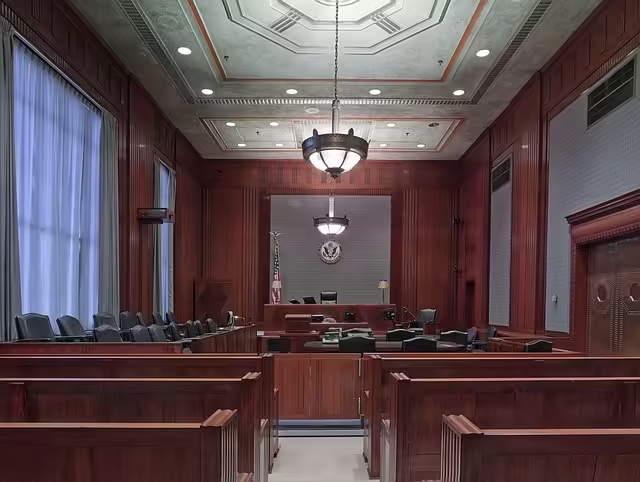When Child Protective Services (CPS) intervenes in a family situation, they may implement a safety plan to ensure the well-being of the child or children involved. A CPS safety plan is a structured agreement between the family and CPS, outlining specific actions and behaviors that must be followed to protect the child from harm. This plan often includes stipulations such as supervised visitation, mandatory counseling, substance abuse treatment, or other measures tailored to address the specific concerns that prompted CPS involvement.
If a parent or guardian breaks a CPS safety plan, the consequences can be significant and multifaceted. Firstly, CPS will likely reassess the situation to determine the level of risk to the child. This reassessment could lead to more stringent measures being put in place, such as increased supervision or even temporary removal of the child from the home. The breach of the safety plan can be seen as a failure to comply with CPS directives, which may indicate to the agency that the parent or guardian is either unwilling or unable to provide a safe environment for the child.
In more severe cases, breaking a CPS safety plan can result in legal action. CPS may petition the court for a more formal intervention, which could include placing the child in foster care or with another family member. The court may also mandate additional requirements for the parent or guardian, such as attending parenting classes, undergoing psychological evaluations, or participating in more intensive treatment programs. Ultimately, the primary goal of CPS is to ensure the safety and well-being of the child, and any breach of the safety plan is taken very seriously as it undermines this objective.








